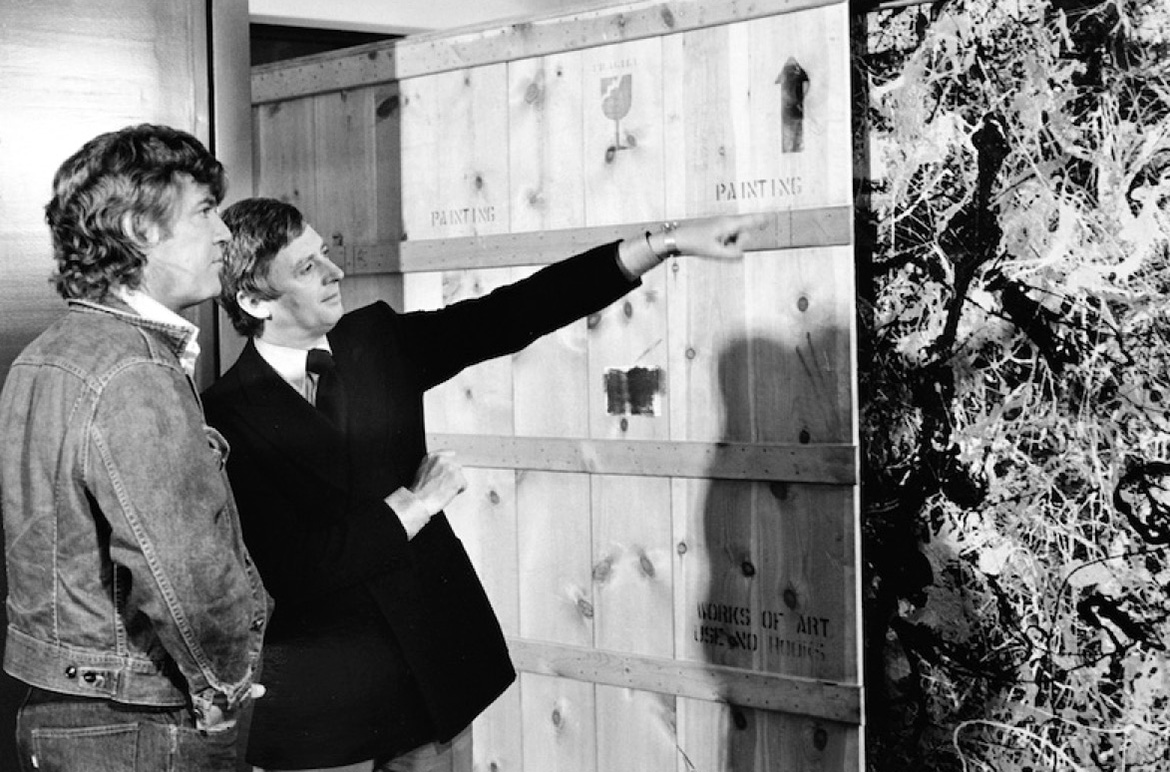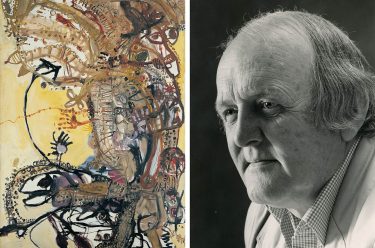James Mollison AO (1931–2020), founding director of the National Gallery of Australia, later director of the National Gallery of Victoria, and a major donor to art institutions around Australia, including QAGOMA, passed away in January. He leaves a singular legacy as a professional art museum director who, over the course of the modern era, shaped and embedded the relatively new discipline of museology into the fundamental fabric of our collection-based institutions.
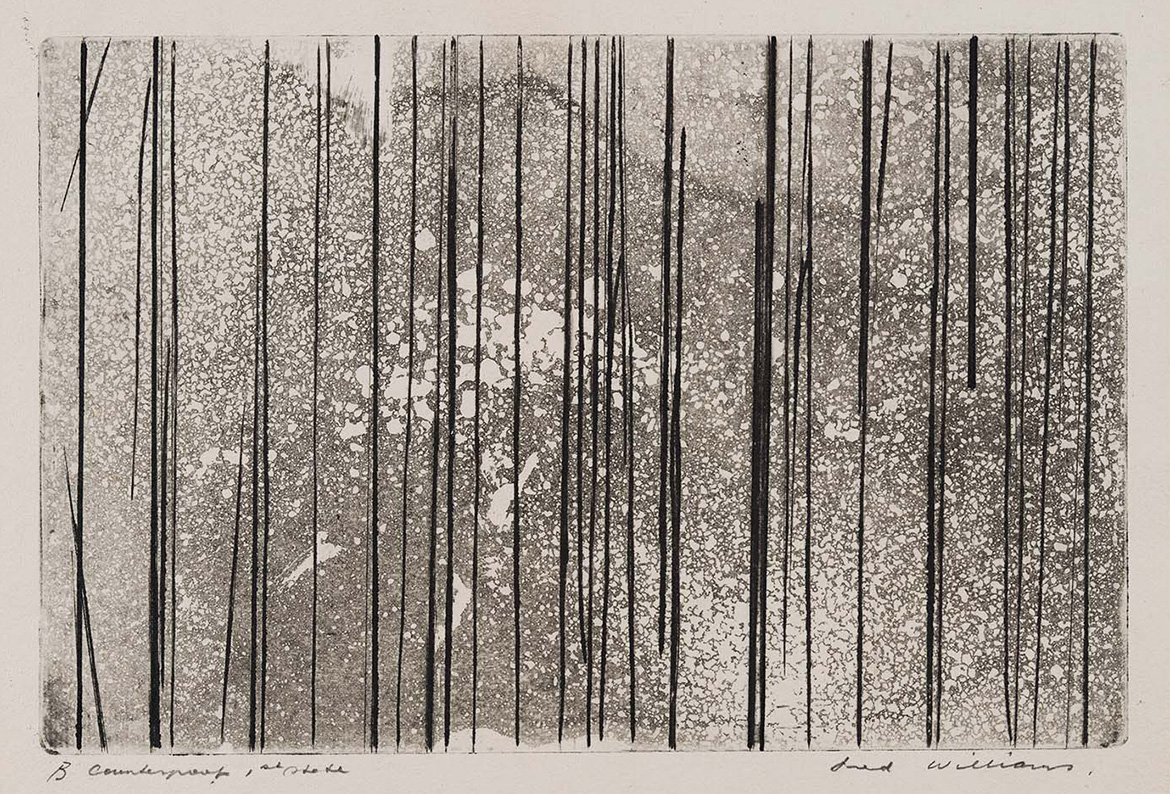
Mollison relentlessly sought the very best works of art from around the world to furnish the national collection, as well as maintaining a lifelong interest in new talent. Would Fred Williams’s brilliant reimagining of the Australian landscape have resonated as quickly and as deeply without Mollison’s championship of his work? Would Rosalie Gascoigne’s evolution from ikebanist to contemporary sculptor have occurred, as it did, without Mollison’s encouragement?
An inspiring leader and an exacting taskmaster, Mollison’s influence on the development of the art museum profession, and storied place within it, is virtually unrivalled in Australia. He trained as a secondary teacher, was an educator at the NGV (1960–61), ran Melbourne’s hugely influential Gallery A (1964–65) and was director of the Ballarat Fine Art Gallery (1967–68). He was, over his long life, intellectually and passionately driven to teach Australians about art.
Mollison was appointed to lead the nascent National Gallery in Canberra as its acting director in 1971. He formally became its inaugural director in 1977, overseeing the development of the building and its opening in 1982, and staying on until 1989. With a rare combination of art historical knowledge and a ‘good eye’, insight and professional courage, Mollison is widely credited with broadening Australia’s artistic horizons and transforming perceptions of what an international collection in this country could look like.
SIGN UP NOW: Subscribe to QAGOMA Blog for the latest announcements, recent acquisitions, behind-the-scenes features, and artist stories.

His leadership is most often associated with the purchase of Jackson Pollock’s Blue Poles in 1974. That acquisition for the National Gallery, for a record $1.3m, created a national outcry and a major media storm for the gallery and the Whitlam government. After the initial controversy, the painting toured Australia, with a visit to Brisbane’s City Hall at a time when the Queensland Art Gallery Collection was still being moved between temporary venues. A purchase vindicated many times over, Blue Poles is unquestionably one of the greatest works of its time.
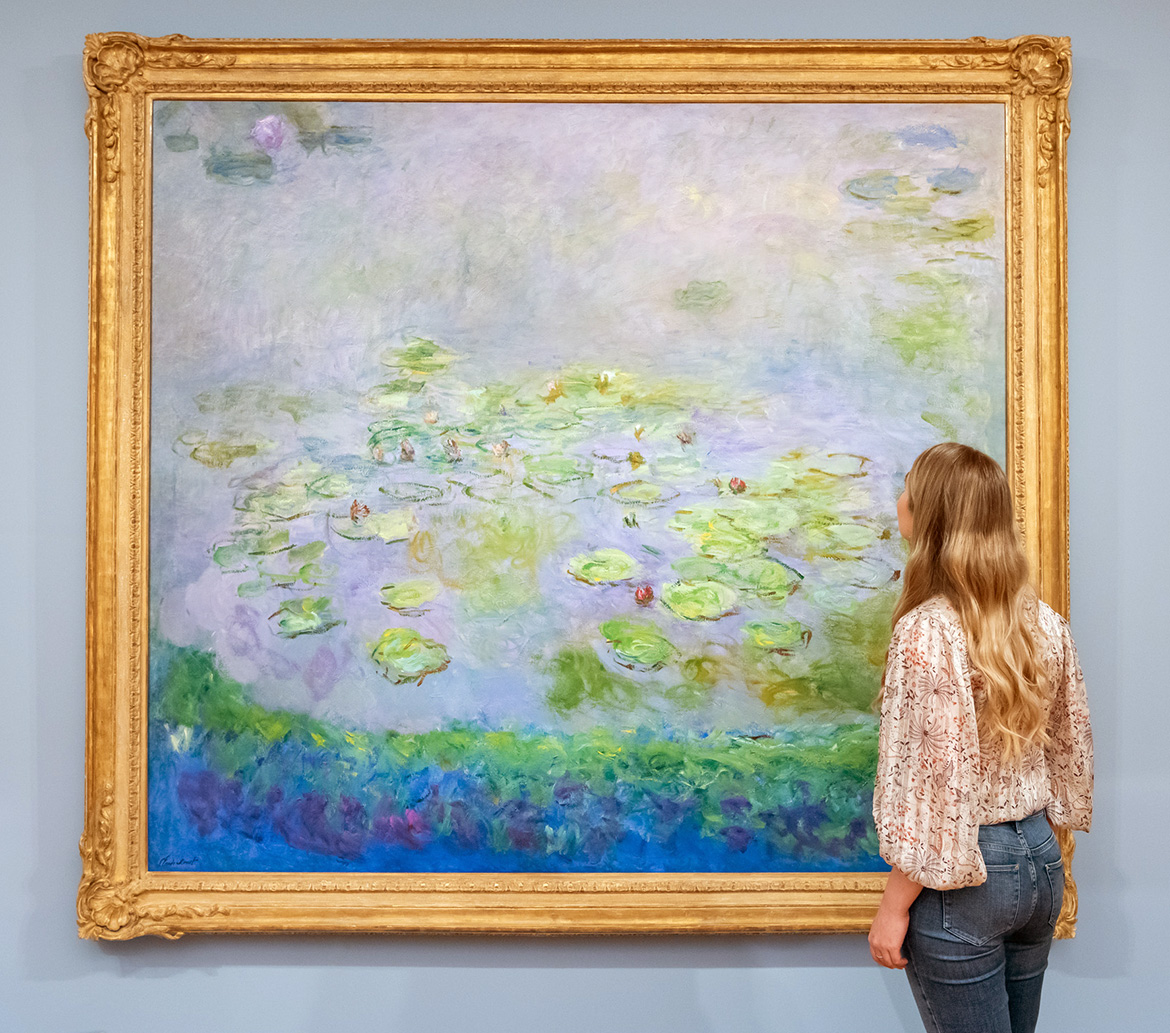
His less divisive, but no less significant, acquisitions for the national collection included such destination works as Willem de Kooning’s Woman V 1952–53, Kazimir Malevich’s House under construction c.1915–16, and Claude Monet’s Waterlilies (Nymphéas) c.1914–17, which is on display at the Queensland Art Gallery (QAG) until mid-April. Among many Australian works brought into the collection, Mollison accepted the gift of Sidney Nolan’s iconic Ned Kelly series. Arguably the most recognisable moment in Australian modernism, the Kelly series is currently on display at Cairns Art Gallery.
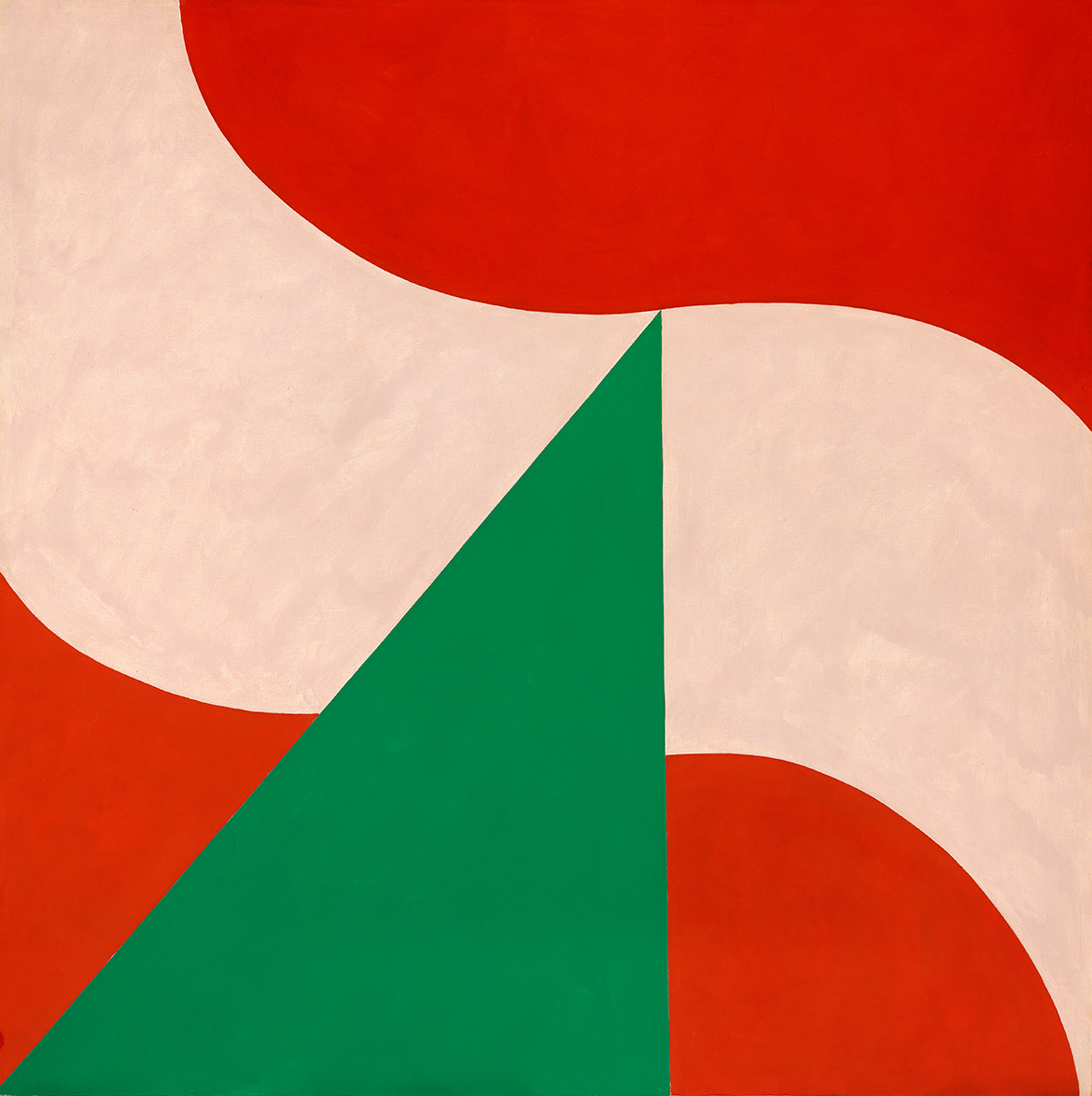
Over more than 20 years, Mollison gifted upwards of 100 works to QAGOMA through the Foundation, significantly enhancing our holdings of modern and contemporary Australian art. His program of giving was comprehensive and carefully planned. With Mollison’s assistance, works by established and senior Australian artists, including Fred Williams, Dick Watkins, David Noonan, Brent Harris and Ricky Swallow entered the state’s collection, alongside acquisitions that strengthen an existing representation of emerging artists. His generosity is currently visible at QAG through a number of works, including Gunter Christmann’s Braindrain 1970.
James Mollison was a pioneering and transformative figure in the Australian cultural landscape, a far-sighted art museum director and a generous donor. Both nationally and internationally, artists, museum professionals and the wider Australian public will remember him for having championed art and influenced the national psyche in an unprecedented way.

Subscribe to QAGOMA YouTube to go behind-the-scenes / Hear artists tell their stories / Read more about your Collection
Feature image detail: James Mollison AO (right) and Robert Hughes AO with Jackson Pollock’s Blue Poles / © Pollock-Krasner Foundation. ARS/Copyright Agency
#James Mollison #QAGOMA
